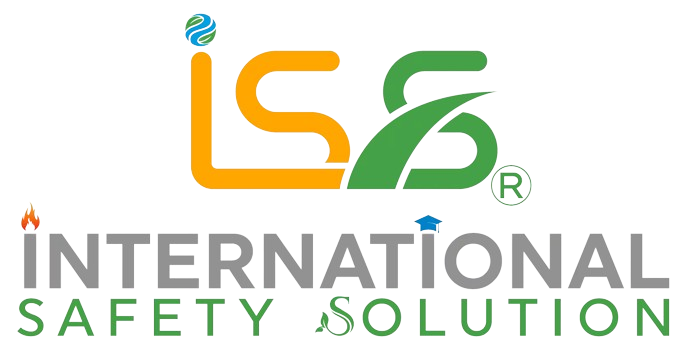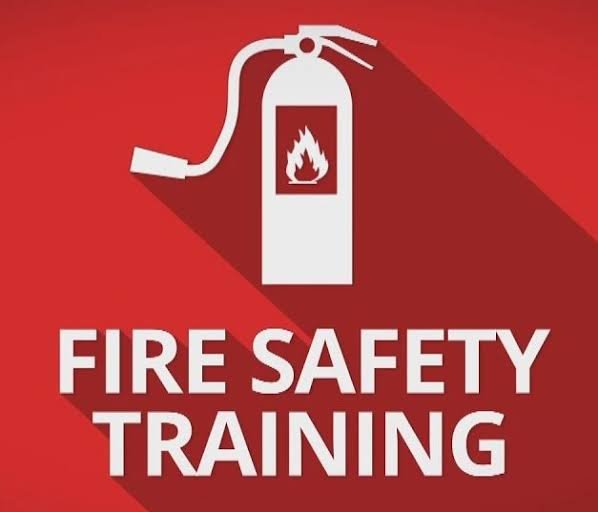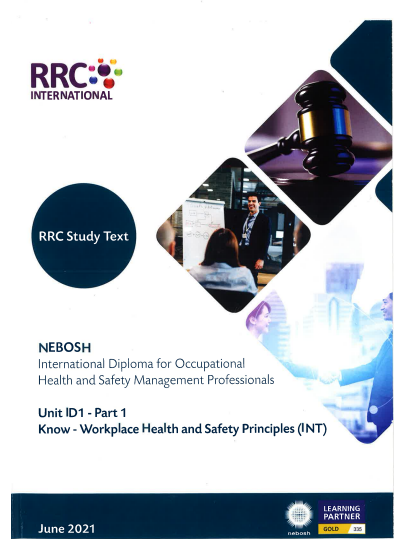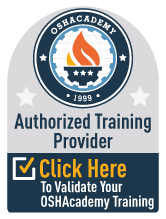Introduction :
Safety in the workplace is a top priority for any organization. The NEBOSH (National Examination Board in Occupational Safety and Health) certification is globally recognized for its commitment to fostering a culture of safety and health. One of its core components, Element 2, plays a pivotal role in achieving this goal. In this blog, we’ll delve into NEBOSH Element 2, its benefits, and its significance in ensuring workplace safety.
What is NEBOSH Element 2?
NEBOSH Element 2 focuses on risk assessment, an indispensable aspect of occupational health and safety management. This element provides learners with a structured approach to identifying hazards, evaluating risks, and implementing control measures to mitigate those risks effectively.
Key components covered in NEBOSH Element 2 include:
Principles of Risk Assessment:
Participants gain insights into the fundamental principles underlying risk assessment, including hazard identification, risk evaluation, and risk control.
Risk Assessment Process:
Learners are guided through the risk assessment process, which involves identifying hazards, assessing the associated risks, and implementing appropriate control measures.
Control Measures:
Understanding various control measures such as engineering controls, administrative controls, and personal protective equipment (PPE) is integral to managing risks effectively. NEBOSH Element 2 provides detailed insights into selecting and implementing these measures.
Legal and Organizational Requirements:
Compliance with legal and organizational requirements is critical for ensuring workplace safety. NEBOSH Element 2 equips participants with the knowledge necessary to navigate relevant regulations and standards applicable to their industry and jurisdiction.
Benefits of NEBOSH Element 2 as an International Safety Solution:
Global Recognition:
NEBOSH qualifications enjoy widespread recognition and respect across industries and geographical boundaries. By completing Element 2, individuals demonstrate their competence in risk assessment and management, enhancing their employability and professional credibility worldwide.
Comprehensive Skill Development:
NEBOSH Element 2 goes beyond theoretical knowledge, focusing on practical skills development. Participants learn to apply risk assessment methodologies in real-world scenarios, fostering a proactive approach to safety management.
Risk Reduction
Effective risk assessment is key to reducing workplace accidents and injuries. By mastering NEBOSH Element 2, organizations can identify potential hazards proactively and implement targeted control measures, thereby minimizing the likelihood of incidents and promoting a safer work environment.
Cost Savings:
Investing in safety measures not only protects employees but also yields significant cost savings for organizations. By preventing accidents, injuries, and associated expenses such as medical bills and legal fees, NEBOSH Element 2 contributes to the bottom line while safeguarding human capital.
Enhanced Reputation:
Prioritizing safety demonstrates an organization’s commitment to employee well-being and corporate responsibility. NEBOSH-certified professionals and organizations earn a reputation for excellence in safety management, fostering trust among stakeholders and gaining a competitive edge in the market.
Adaptability and Flexibility:
NEBOSH qualifications are designed to cater to diverse industries and contexts, making them adaptable to various organizational settings. Whether in construction, healthcare, manufacturing, or any other sector, Element 2 equips learners with transferable skills that can be applied across different roles and environments.
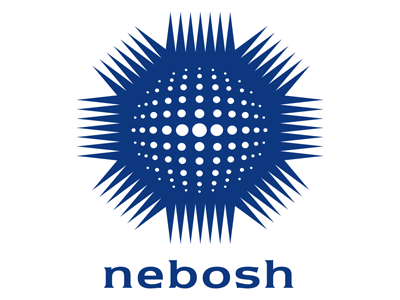
Conclusion,
NEBOSH Element 2 serves as a robust international safety solution, empowering individuals and organizations to proactively manage risks and promote a culture of safety excellence. By acquiring the knowledge and skills offered through Element 2, stakeholders can drive tangible improvements in workplace safety, contributing to the well-being of employees and the long-term success of their organizations.
